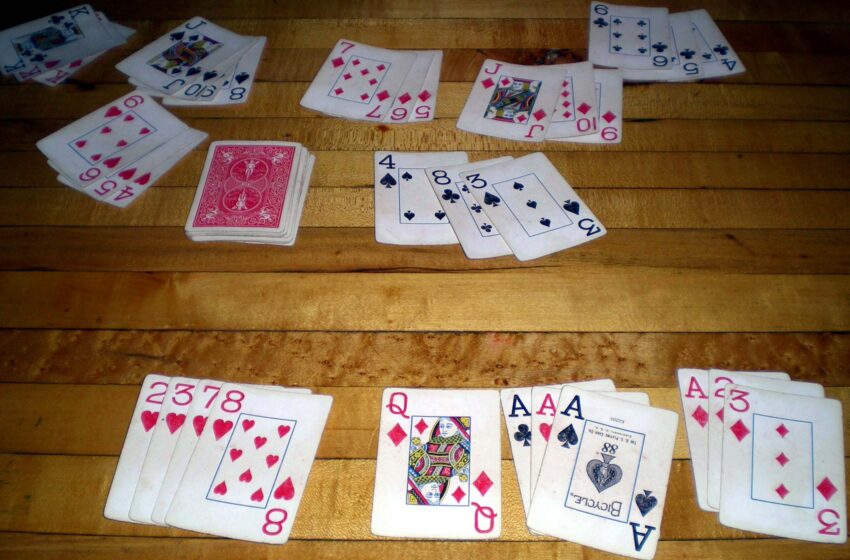How to Play Rummy

Rummy is a classic card game that has been enjoyed by people of all ages for centuries. The object of the game is to create melds, which are sets or runs of cards, and to score points by doing so. There are many different variations of the rummy app, but they all share the same basic rules. In this blog post, we will take a look at the basic rules of rummy and some winning strategies to help you up your game.
Rummy: The Basic Rules.
The objective of the rummy Game is to be the first player to get rid of all of their cards. The game can be played with 2-4 players, but is most commonly played with just 2 players.
The Deck and the Dealing of the Cards.
Rummy is typically played with a standard 52-card deck. To start the game, each player is dealt 7 cards face down. The remaining cards are placed face down in the middle of the players, to form a draw pile.
Melds and How to Create Them.
Melds are combinations of 3 or more cards with the same rank or suit. There are two types of melds: runs and sets. A run is a sequence of 3 or more cards in consecutive order, such as 4-5-6 or 9-10-J-Q-K. A set is 3 or 4 cards of the same rank, such as 7-7-7 or Q-Q-Q-Q. Jokers may be used as substitutes for any card in a meld.
The Discard Pile and How to Use It
The discard pile is where players discard unwanted cards during their turn. Players must take turns drawing one card from either the draw pile or discard pile, and then discarding one card onto the discard pile (face up).
Going Rummy and Scoring
If a player manages to meld all 7 of their cards at once, they “go out” and win that particular hand (regardless of whether their opponent has any remaining cards). If neither player has gone out by the time the draw pile is exhausted, then whoever has fewer total points in their hand loses that particular hand (more on scoring below). After each hand, scores are tallied and recorded – the first player to 500 points wins!
Winning Strategies in Rummy.
Melds are combinations of three or more cards of the same rank, such as three queens or four sevens. You can create a meld by using either all-natural cards (cards that are not wild) or a mixture of natural and wild cards. A meld consisting entirely of wild cards is called an “impure” meld, while a meld containing at least one natural card is called a “pure” meld.
The key to winning in rummy is to create as many melds as possible and to minimize the number of unmatched cards in your hand, also known as deadwood. Creating melds allows you to get rid of unwanted cards and reduces your deadwood score. For example, if you have two sevens and a queen in your hand, you can form a meld consisting of the queen and one seven and discard the other seven from your hand. This leaves you with only one unmatched card (the queen) and reduces your deadwood score by 14 points (the value of two sevens).
Managing the Discard Pile.
The discard pile is important because it determines which card you will draw on your next turn. Therefore, it is important to manage the discard pile carefully in order to avoid giving your opponents advantageous cards.
There are two main strategies for managing the discard pile:
1) Restricting access to the pile – This strategy involves trying to keep as many cards as possible out of your opponents’ hands by discarding high-value cards that they are unlikely to be able to use. For example, if you have no use for an ace but know that your opponent needs it to complete a run, you would probably want to discard it so that they cannot take it from the pile.
2) Creating opportunities for yourself – This strategy involves discarding low-value cards that you think you will be able to replace later on in the game. For example, if you have two sixes in your hand but no nines, discarding one of the sixes creates an opportunity for you to pick up a nine from the discard pile on your next turn (provided that no one else takes it first).